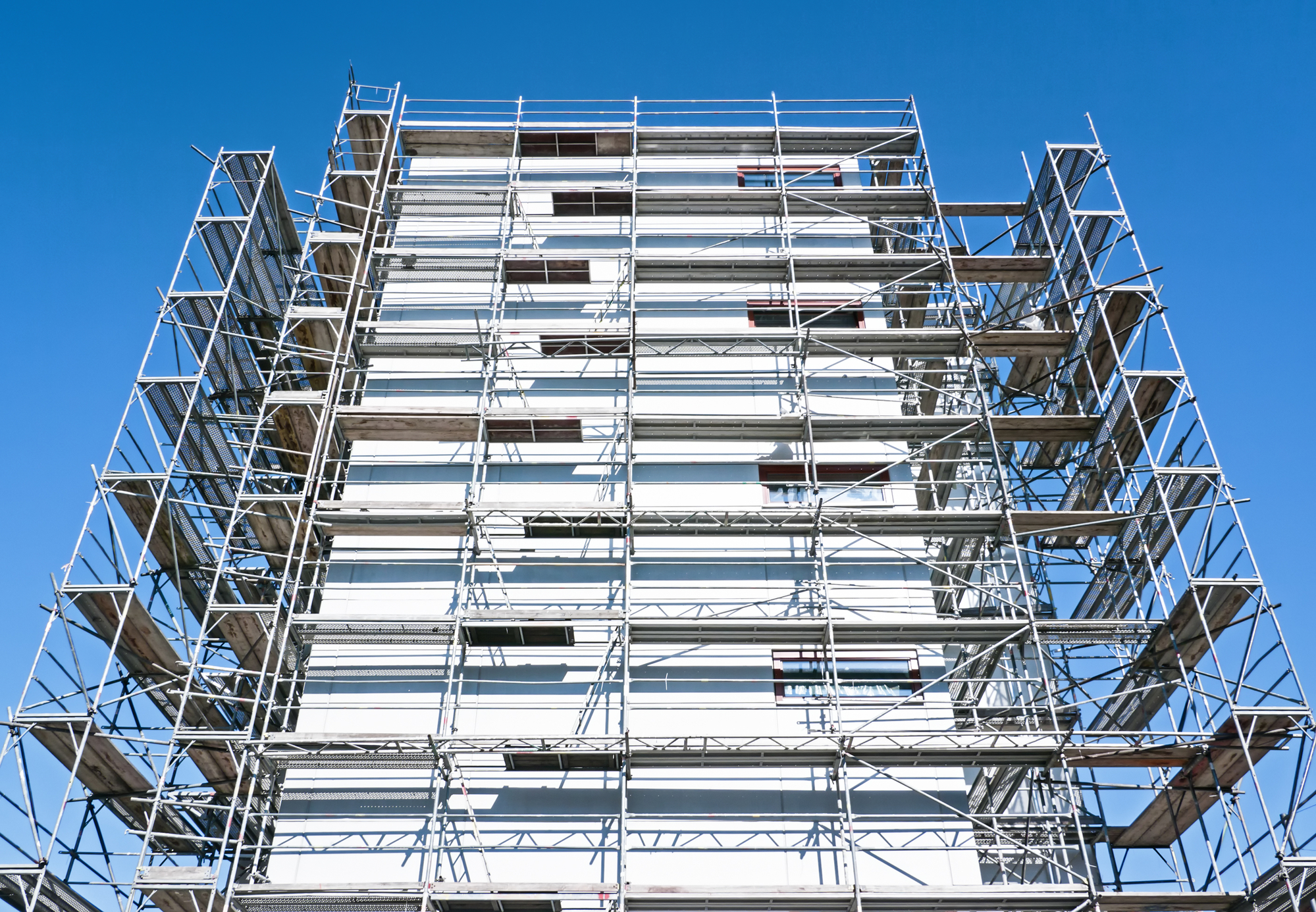How To Use Scaffolding When You Need To Access Hard-to-Reach Areas?
Scaffolding is a temporary structure used during construction, repair, or maintenance work to help workers reach high or hard-to-access areas. It is commonly used across various projects—from painting homes to working on tall commercial buildings. While scaffolding is helpful and often necessary, it also comes with risks. That’s why understanding how to use it safely is important.
In Canada, each province and territory has its own rules to ensure scaffolding is used properly. These rules aim to protect workers and prevent injuries or accidents. This blog explains the different types of scaffolding, how to stay safe while using them, the rules that apply in Canada, how to check and maintain scaffolds, and how to choose the right one for your job.
Whether you’re a contractor, site manager, or a homeowner doing your own repairs, this guide will help you understand scaffolding and use it safely.
What is Scaffolding?
Scaffolding is a temporary support system that helps workers perform tasks at height. It’s built using metal pipes, wooden planks, or a mix of materials. Unlike ladders, scaffolds are more stable and allow for more space to move around, which makes it easier and safer for workers.
Scaffolds are widely used in jobs such as:
- Painting or plastering high walls
- Installing windows or siding
- Repairing or replacing roofs
- Doing maintenance work on large buildings
Main Types of Scaffolding
There are several types of scaffolding, each made for different kinds of work. The most commonly used types in Canada include:
1. Supported Scaffolding
This is the most common type. It stands on the ground and has upright supports and platforms. It is strong, stable, and used in everything from small home repairs to major construction.
2. Suspended Scaffolding
This type hangs from the top of a building with ropes or wires. It’s mainly used for tasks like window cleaning or repairs on tall buildings.
3. Rolling Scaffolding
Rolling scaffolds have wheels and can be moved easily. They are useful indoors when you need to reach different areas, like ceilings or walls, without having to rebuild the scaffold each time.
Choosing the right type of scaffold is important. Using the wrong one for the job can increase safety risks and make the work harder than it needs to be.
Safety Tips for Using Scaffolding
When using scaffolding, safety should always be your top priority. Many accidents happen because of simple mistakes that could have been avoided. Here are key tips to follow:
- Use a solid base: Make sure the scaffold is set on firm, level ground. Use base plates and mudsills when needed.
- Install guardrails and toe boards: These prevent falls and keep tools from dropping.
- Secure the scaffold: Tie it to the building or structure to avoid tipping.
- Don’t exceed weight limits: Always check the load capacity and don’t overload with people or materials.
- Train workers: Everyone who uses the scaffold should be trained on how to work safely.
- Check daily: Inspect the scaffold each day for loose parts, damage, or anything out of place.
Rules and Regulations in Canada
Canada takes workplace safety seriously. Scaffolding use is covered under each province’s occupational health and safety rules. These rules may differ slightly by region, but most follow similar safety standards.
Here are a few rules that apply across the country:
- Inspection before use: A trained person must inspect the scaffold before every shift.
- Fall protection: Required if the scaffold is 3 metres or higher.
- Qualified setup: Only trained workers should set up and take down scaffolding.
- Engineering approval: Tall or complex scaffolds may need a design plan approved by a professional engineer.
For full information, visit your province’s workplace safety website or the Canadian Centre for Occupational Health and Safety.
How to Inspect and Maintain Scaffolding
Regular checks and proper maintenance are key to keeping scaffolding safe. A scaffold that is not maintained can become dangerous—even if it was set up correctly.
Daily Inspections:
- Look for loose bolts, missing planks, or damaged frames.
- Make sure the scaffold is level and secure.
- Check for rust or corrosion on metal parts.
- Ensure guardrails and toe boards are in place.
During the Project:
- Remove any dirt, snow, or water that could make surfaces slippery.
- Make adjustments if the ground shifts or if weather conditions change.
- Replace worn-out parts immediately with correct pieces.
After the Project:
- Take apart the scaffold carefully.
- Store parts in a dry place.
- Never mix parts from different brands or types of scaffolds.
How to Choose the Right Scaffolding for Your Project
Selecting the right scaffolding is just as important as knowing how to use it. Choosing the wrong type can lead to delays or safety issues.
Ask yourself these questions:
- What is the height and reach needed?
- Is the work indoors or outdoors?
- Do you need to move the scaffold often?
- How much weight will it need to support?
- What are the ground conditions like?
If you’re unsure, speak with a scaffolding expert before you begin. At Credence Construction Ltd, we help clients choose safe and effective scaffolding setups that match their project needs.
You can also explore our Industrial Scaffolding Services for more support.
Why Work With a Professional Scaffolding Team?
It might seem simple to put up scaffolding, but it’s not worth the risk if it’s done incorrectly. Mistakes can lead to injuries, project delays, or even fines from safety inspectors. That’s why many people choose to work with professionals.
When you hire a team like ours at Credence Construction Ltd, you can expect:
- Site visits and planning
- Help choosing the right scaffold
- Safe and proper installation
- Routine safety checks
- Quick response for repairs or adjustments
Our team is trained to meet all safety standards, so you can focus on the rest of your project knowing your scaffold is in good hands.
Final Thoughts
Scaffolding is a necessary tool in the construction industry. But like any tool, it needs to be used the right way. By following safety practices, using the correct type of scaffold, inspecting it daily, and knowing the rules that apply in your region, you can reduce risks and keep your job site safe.
If you need help setting up scaffolding or choosing the right type for your project, our team is ready to support you. With the right guidance, scaffolding can make your job easier, safer, and more efficient.
Contact Credence Construction Ltd today to discuss your scaffolding needs. We’re here to help you build smarter and safer.



